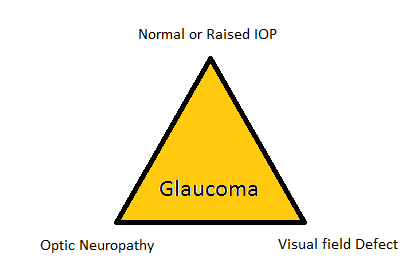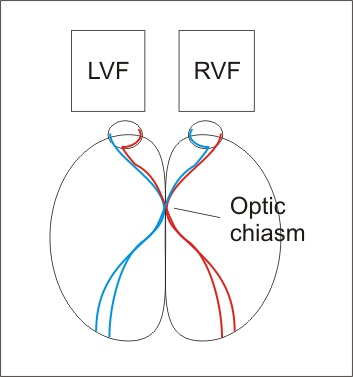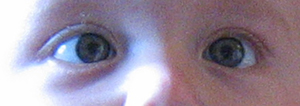Pupillary examination may be carried out in the following steps:
- Introduction and permission
- Sit at the level of the patient
- Request for dim light (first give distant target, then dim light)
- With torch at distance from straight ahead, observe:
- Ptosis (3rd nerve palsy), anisocoria and hereochromai (Horner syndrome)
- Abnormal head posture (3rd nerve palsy)
- Hirschberg (Deviation in 3rd nerve palsy)
- Extraocular movements (if deviation on Hirschberg)
- Feel temperature/dryness of skin around orbit (Horner syndrome)
- With diffuse light and at an angle to check anisocoria (in dark)
- Give another torch in patients hand with diffuse light falling obliquely at iris.
- Check direct light reflex by standing on the left side of patient and check left eye. Also check consensual light reflex on the right eye.
- Shift to the right side and check direct light reflex of the right eye and consensual light reflex of the left eye.
- From here check the swinging light reflex.
- Now check accommodation reflex (give distant target and ask to focus on near target on count of three). Give accommodative target and not finger. Tell the examiner (no need to check accommodation reflex if light reflex is normal)
- Check anisocoria in bright light and dark.
 howMed Know Yourself
howMed Know Yourself




